The worst part about going to space aboard a Soyuz spacecraft is coming home aboard a Soyuz spacecraft. Never mind all the fire and violence of liftoff—it’s the plunge back through the atmosphere that leaves even the most experienced astronauts and cosmonauts rattled—as Gennady Padalka, Andres Mogenson and Aidyn Aimbetov will discover on Sept. 11 when they return to Earth from the International Space Station (ISS). TIME will carry NASA’s live stream of the reentry activities here, beginning at 2 p.m.
The first step in the complicated journey home occurs when the crew members climb from the ISS into the Souyz and seal the hatch. A good three hours follow, during which they must first struggle into their pressure suits—not an easy task in a spacecraft so cramped that passengers must sit with their knees drawn up toward their chests. A long checklist of other activities come next to configure the spacecraft for the work it has to do.
Finally, the Soyuz detaches from the ISS, a critical maneuver that will happen for the current crew at 5 p.m. today. The spacecraft fires no thrusters, since the outgassing would not be safe in such close proximity to the station. Instead, mechanical devices that were compressed when the two vehicles were locked together spring open and give the Soyuz a nudge of just 4.7 to 5.9 inches (12 to 15 cm) per second. When the Soyuz has drifted about 66 ft (20 m) away, it fires its thrusters to widen the distance from the station further.
Only when the spacecraft is at a safe remove does it at last fire its retrorockets for a long 4 minute, 45 sec. burn. The rockets point forward, in the direction of flight—as the “retro” part of their name suggests—slowing the spacecraft from its 17,135 mph (27,576 k/h) orbital speed and sending it arcing downward.
At that point, there is a lot more Soyuz flying than will actually come home. The spacecraft is made up of three modules: the orbital module at the front, the descent (and liftoff) module in the middle, and the instrument (or service) module at the back. Explosive bolts fire to separate the three sections, an experience that European astronaut Paolo Nespoli describes as feeling like the spacecraft is being repeatedly struck by a sledge hammer. The orbital and instrument modules will disintegrate in the atmosphere. The descent module will continue its controlled reentry.
When it has fallen far enough that it begins encountering the atmosphere, the descent module is slowly surrounded by a glowing, red cloud of superheated plasma—a cloud that the crewmembers can see clearly for only so long before the outer layer of their windows begin blackening with the heat. The light gravity that the descent causes allows them to buckle more fully into their seats for the wild ride to come.
As the ship continues to fall and accelerate, the temperature on the forward-facing heat shield can climb to 5,400° F (3,000º C), and the crewmembers, who until only moments ago had been weightless, experience roughly 4 g’s—meaning that a 150 lb. man would feel as if he weighed 600 lbs.
Finally, when the air has gotten thick enough for a parachute to bite, what’s known as the drogue chute opens, causing a sudden deceleration and whipping the spacecraft violently in all directions. If an astronaut is going to feel fear, this is when it will happen. Scott Kelly, who is currently midway through a one-year stay aboard the ISS, describes this part of the ride as the equivalent of “going over Niagara Falls in a barrel—that’s on fire.”
Only when the Soyuz has been slowed sufficiently does the larger, 10,800 sq. ft. (1,000 sq. m) main chute opens, dropping the speed to just 13.6 mph (22 k/h), the barest drift compared to the velocity it was traveling in space, but still too fast to be survivable. But the Soyuz has an answer for that.
When the ship is still 3.4 mi. (5.5 km) above the ground, it vents all of its remaining maneuvering fuel to eliminate the risk of an explosion on landing, and jettisons its heat shield, revealing 6 small retro rockets. At the same time, the seats automatically elevate slightly, engaging shock absorbers. Just 7.8 in. (20 cm) above the ground, the rockets fire, slowing the spacecraft to a final impact speed of 3.1 mph (5 k/h). Even that, the astronauts report, can be shocking.
“The soft landing is not really soft,” said Nespoli, after his 2011 return. “It felt like a head-on collision between a truck and a smaller car.”
By then, however, that car—the Soyuz—will have done its job, one it’s been doing reliably for nearly 50 years. The trip isn’t fun, but the Soyuz ensures you’ll arrive on time and, much more important, intact.
See the Best Photos From an Astronaut’s Fifth Month in Space

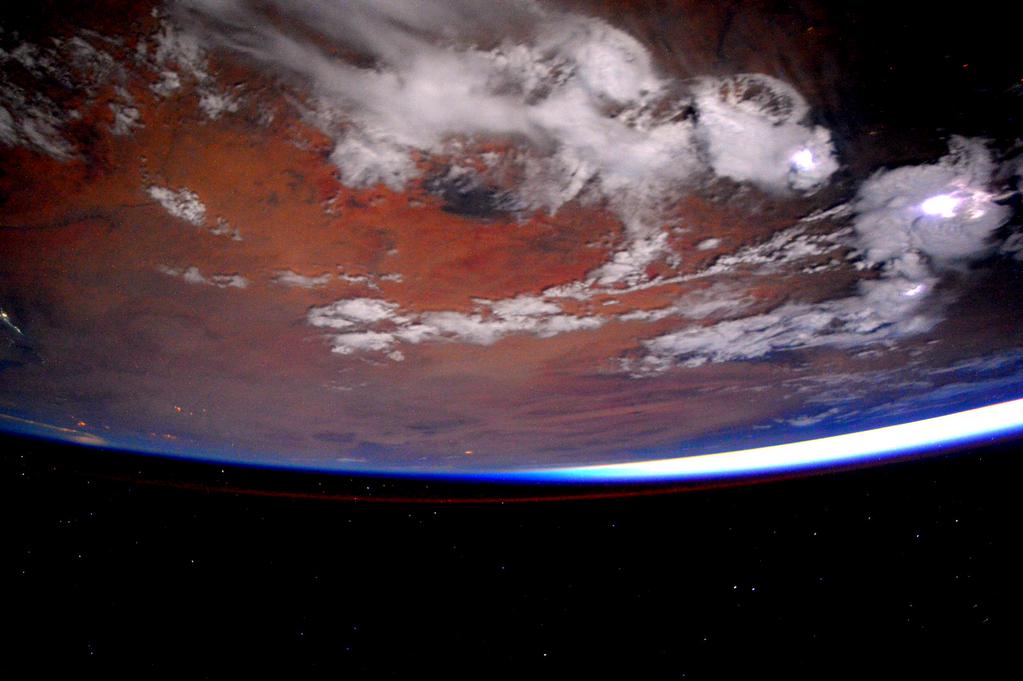
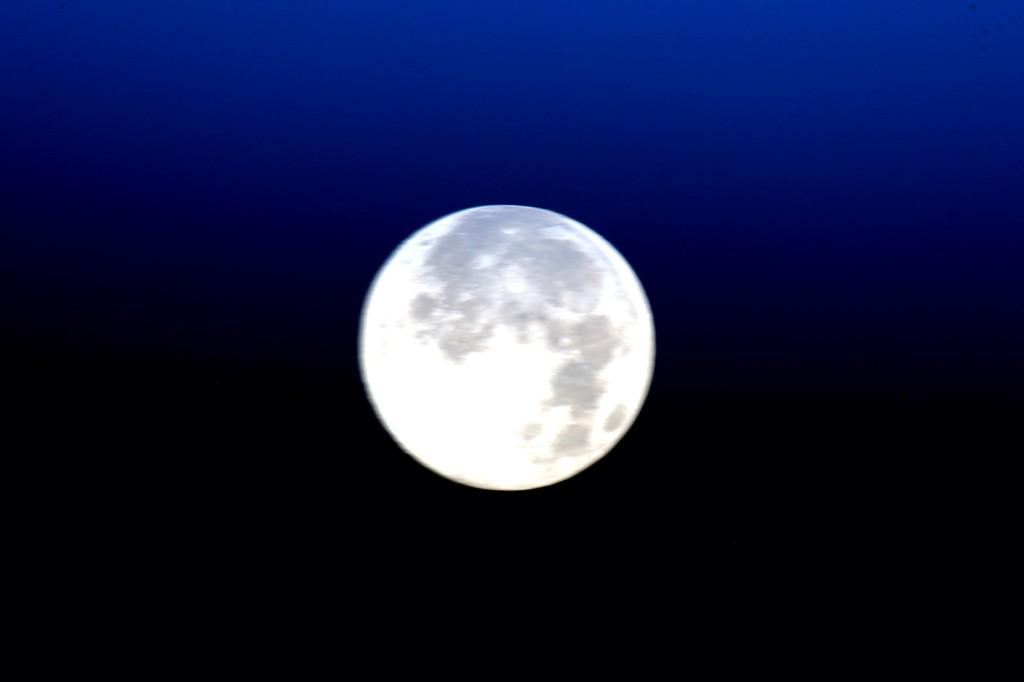
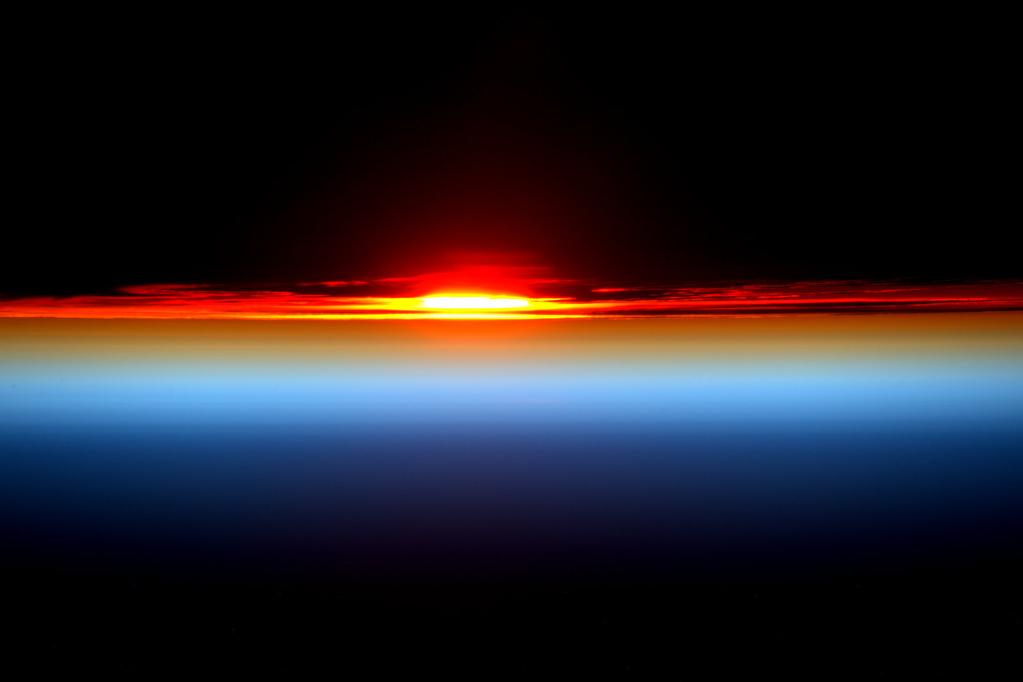

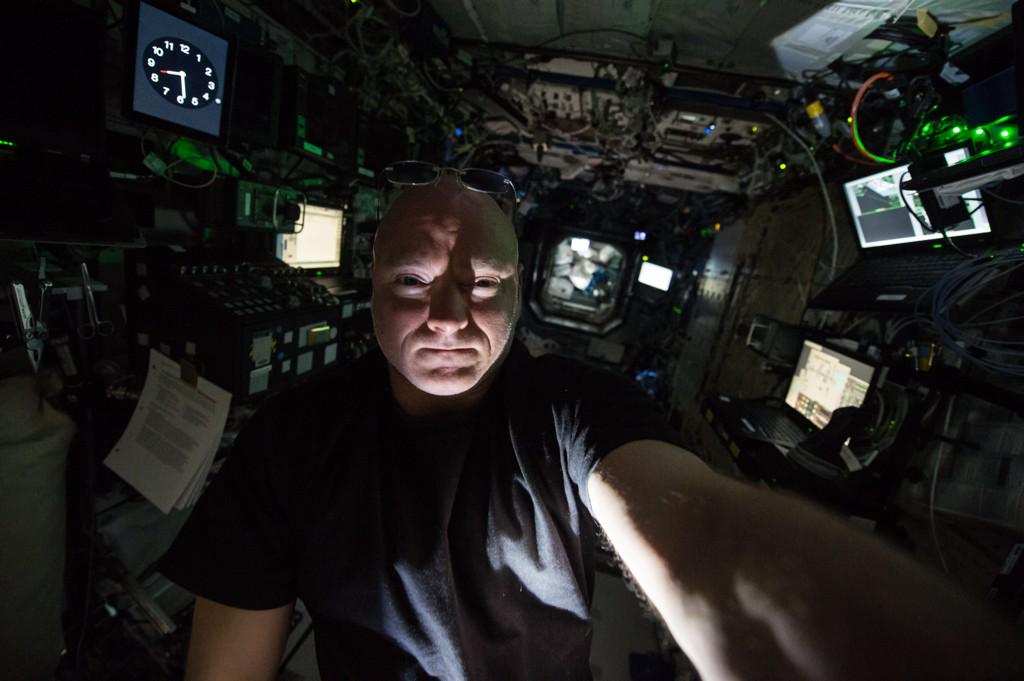
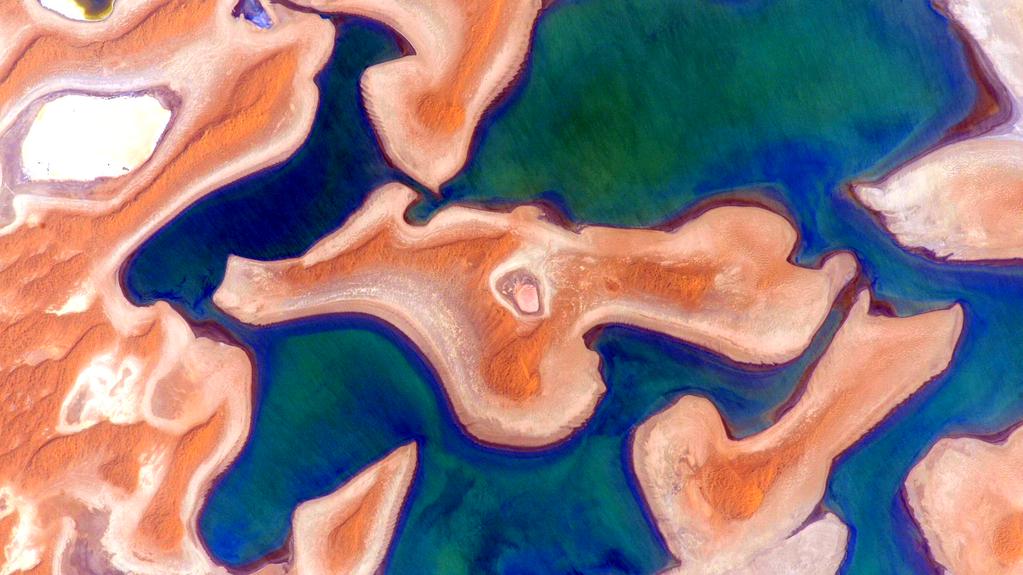

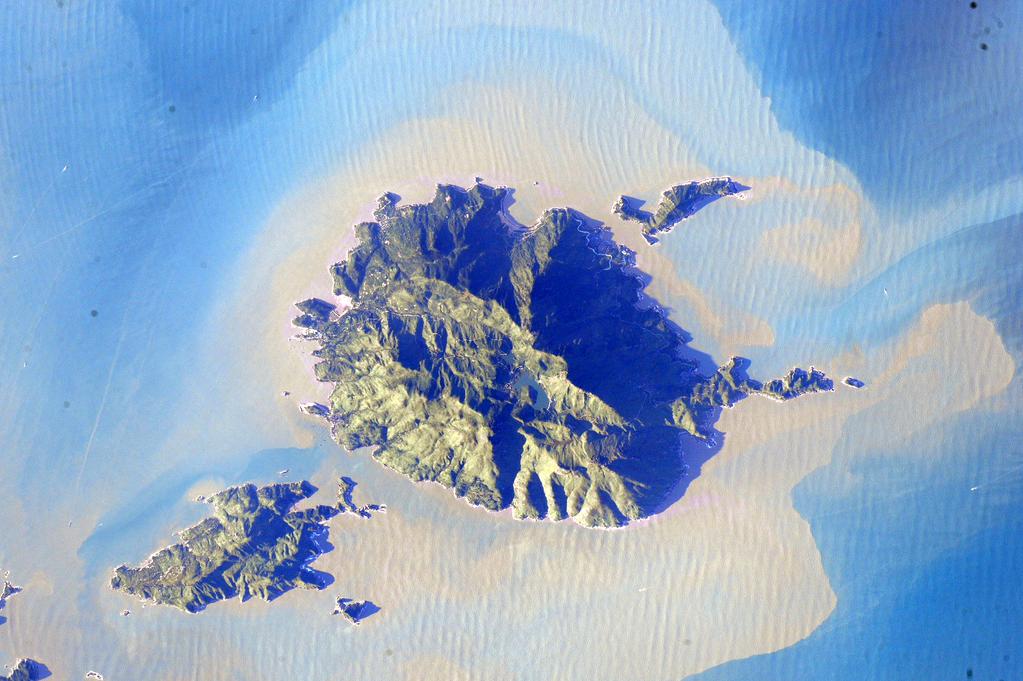
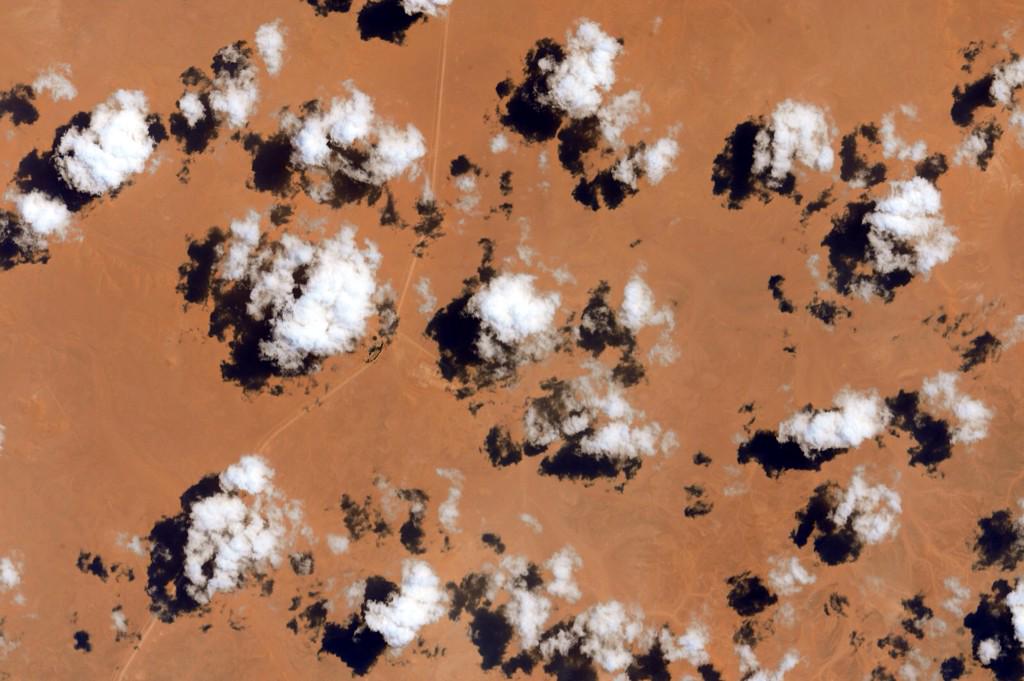

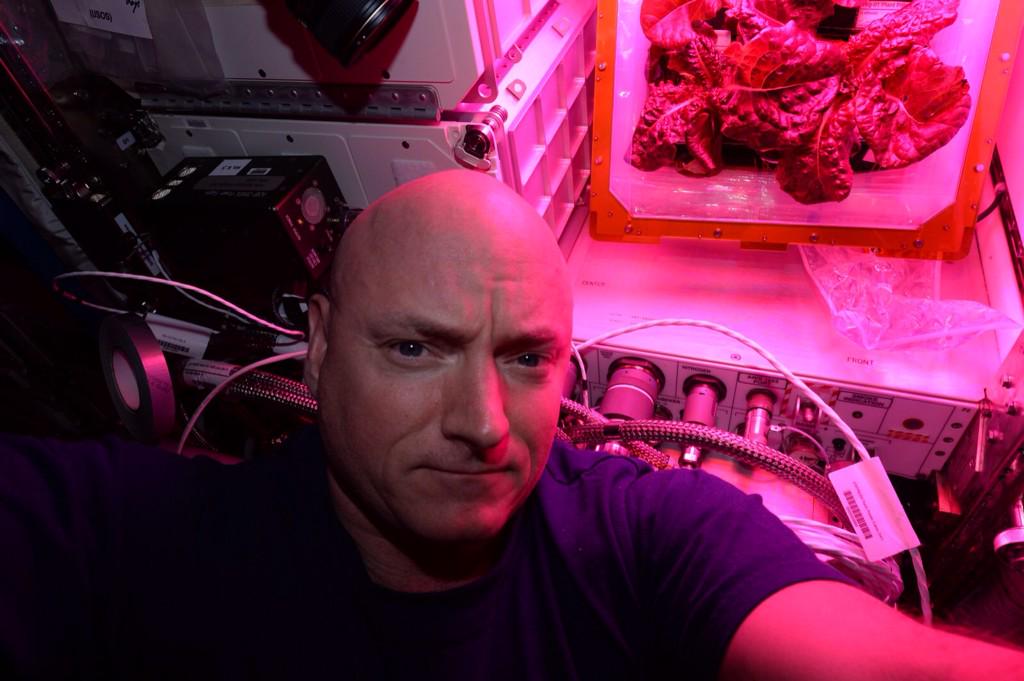
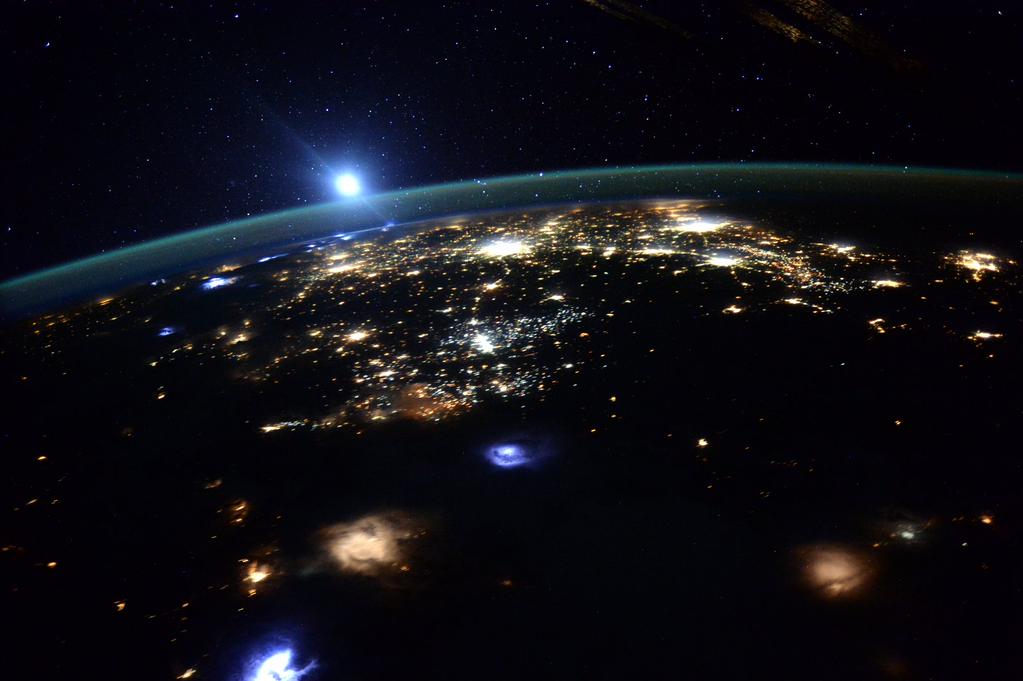
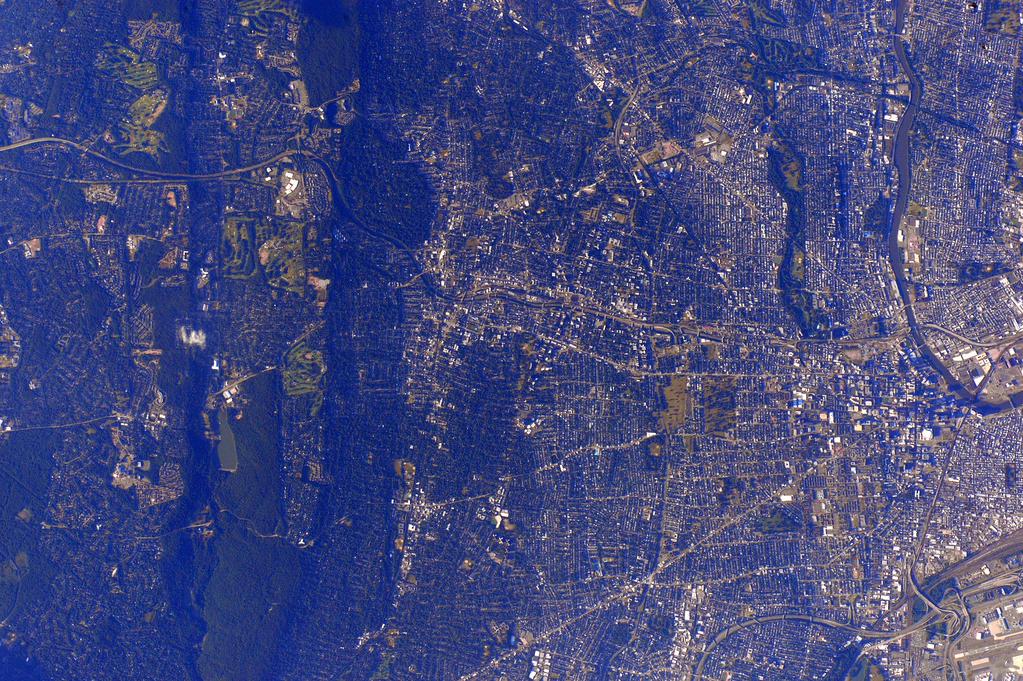
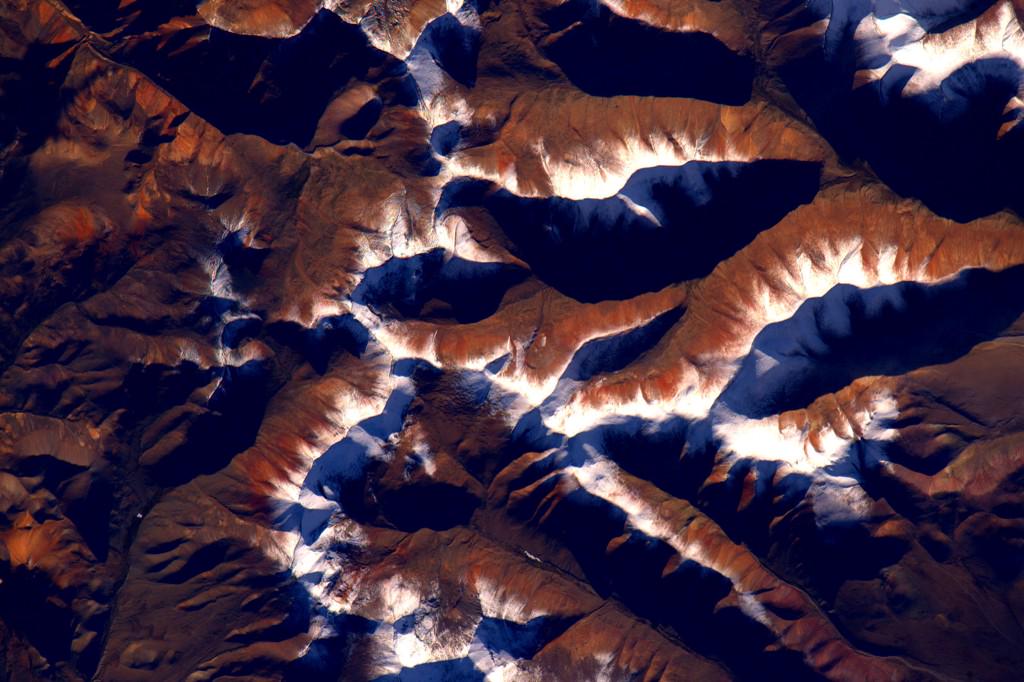
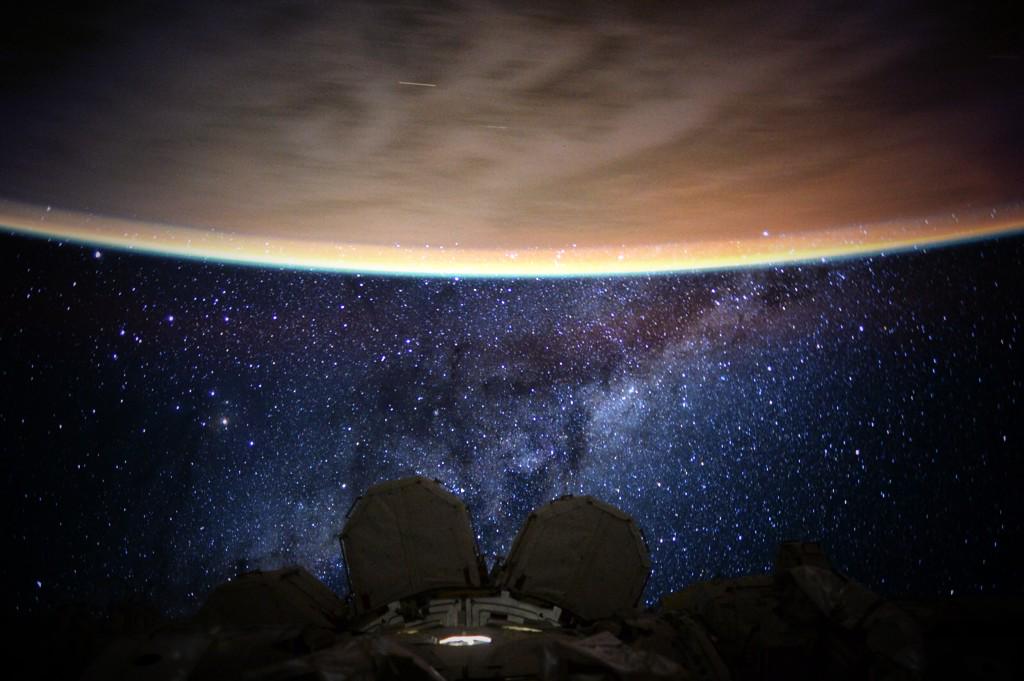


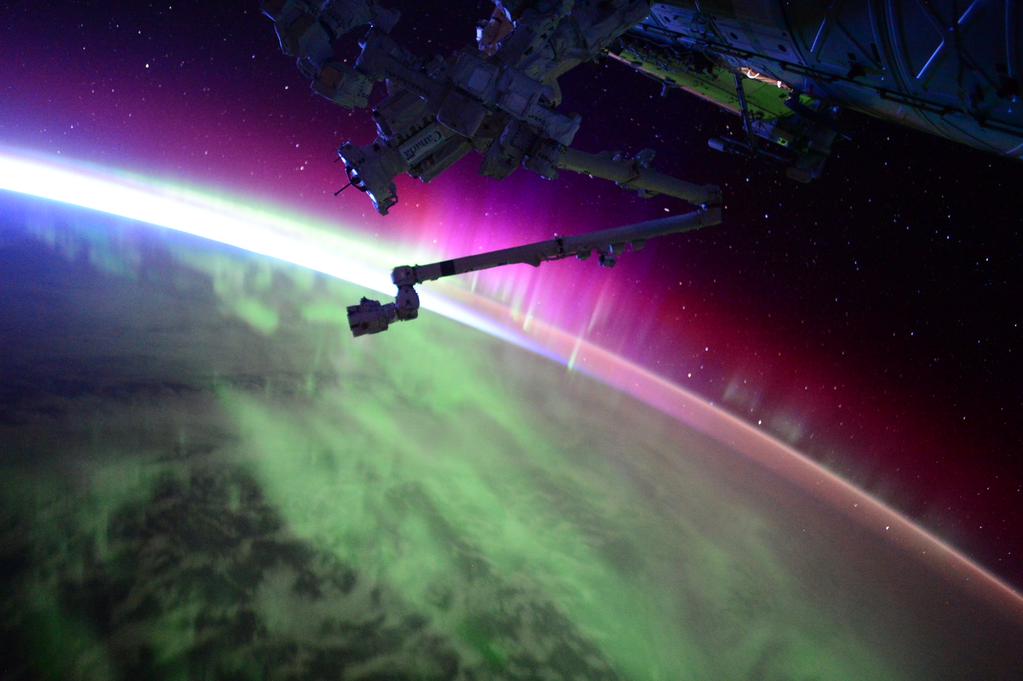
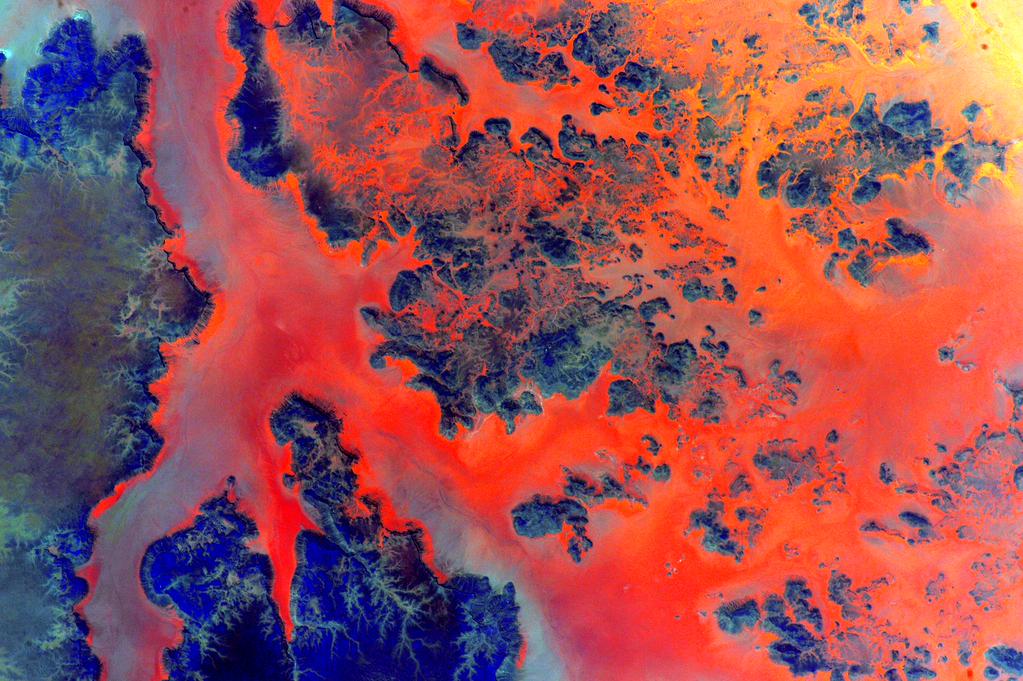
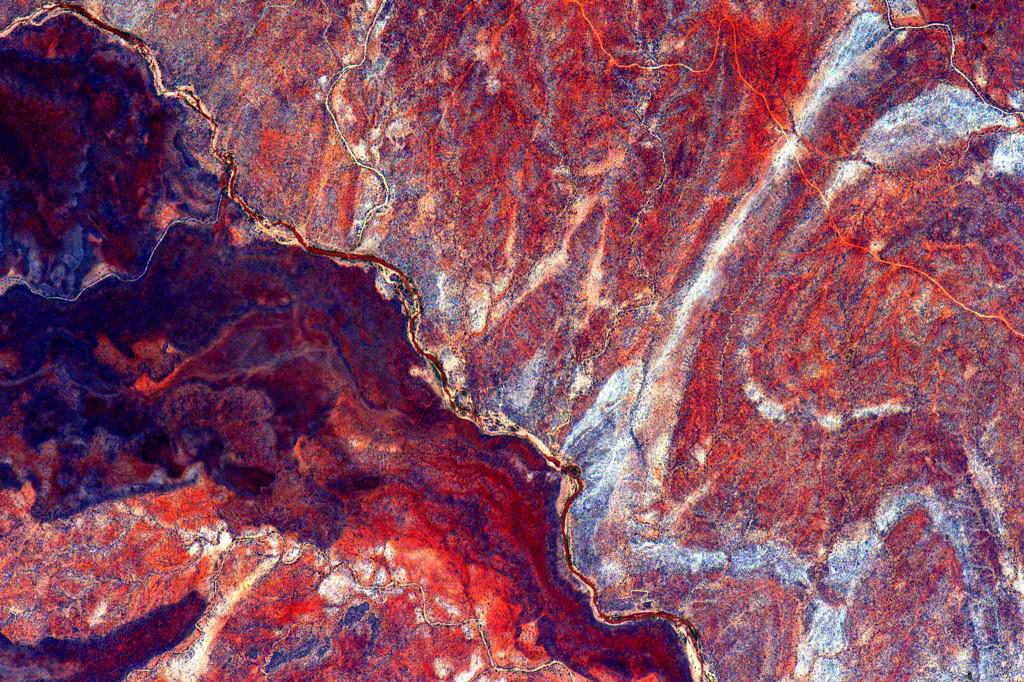
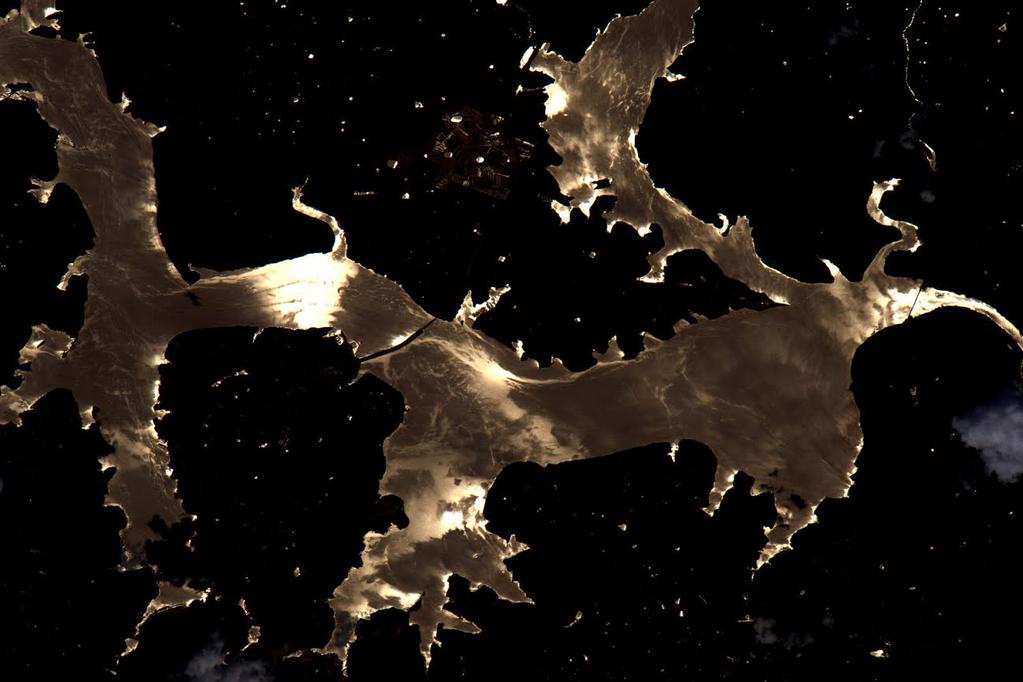




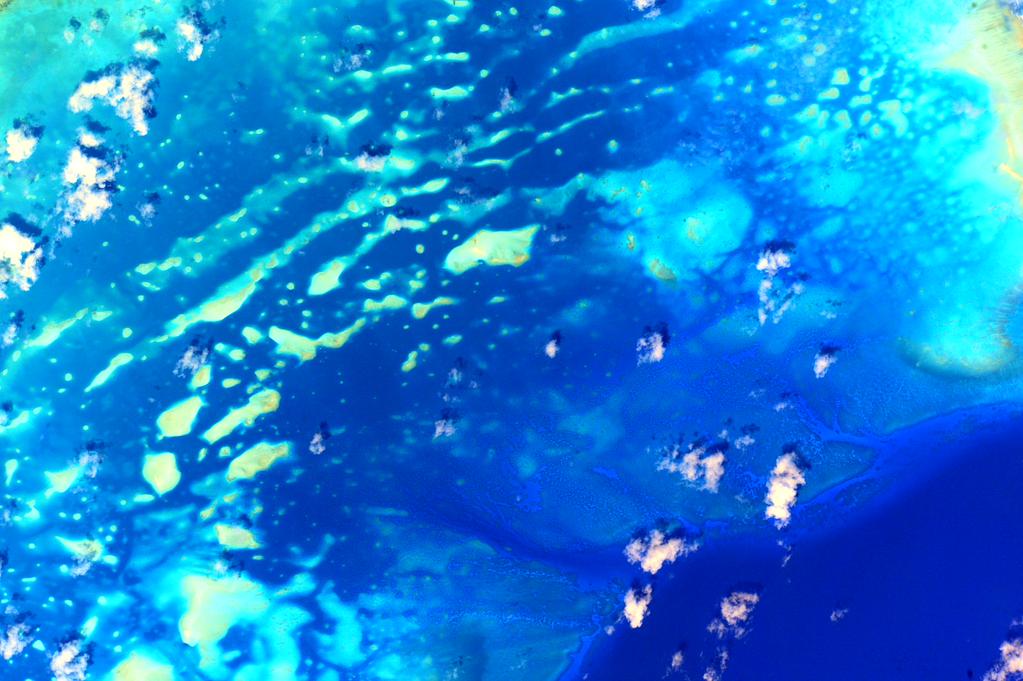
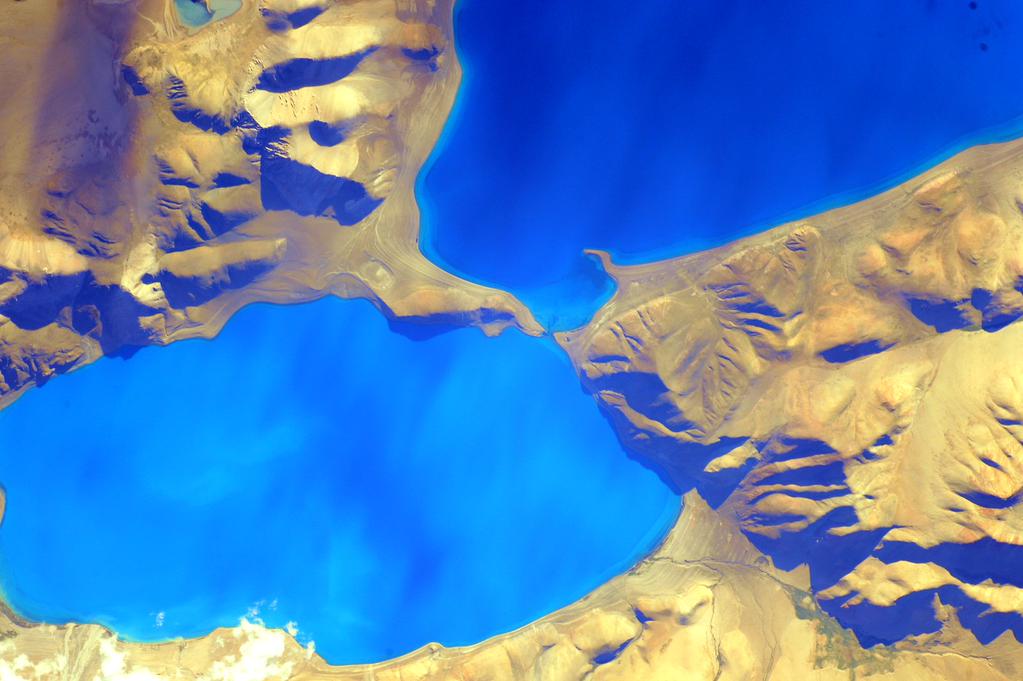
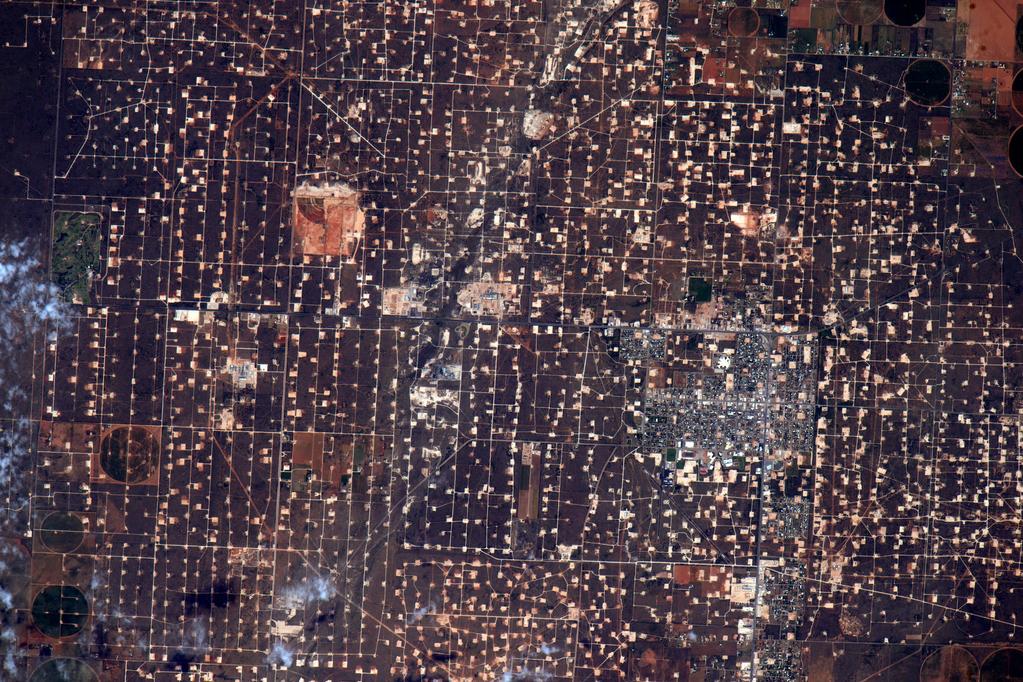
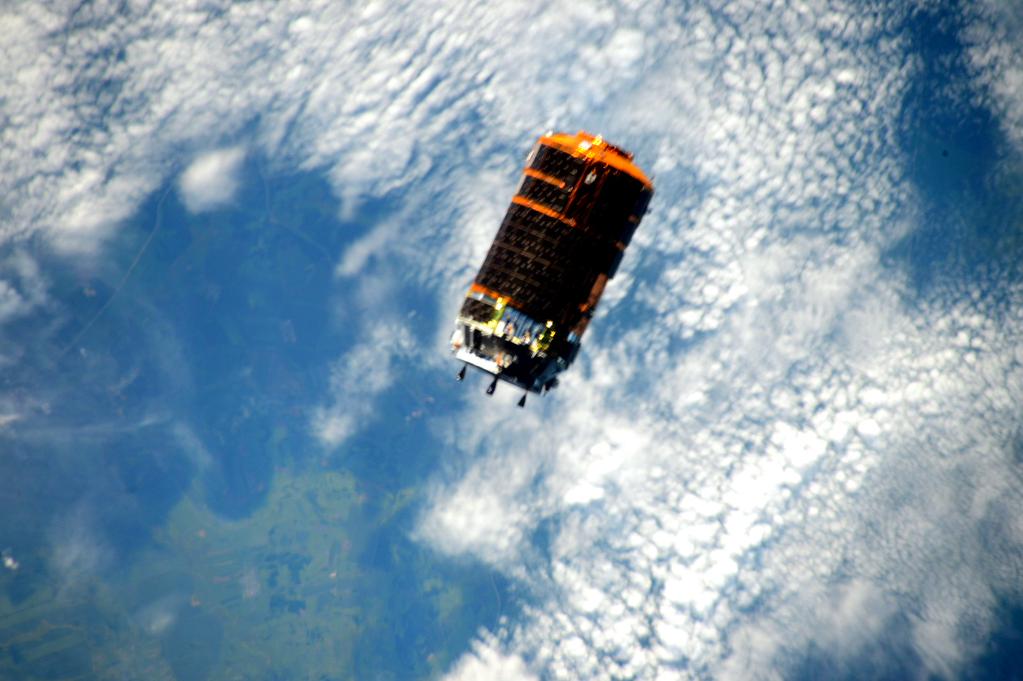
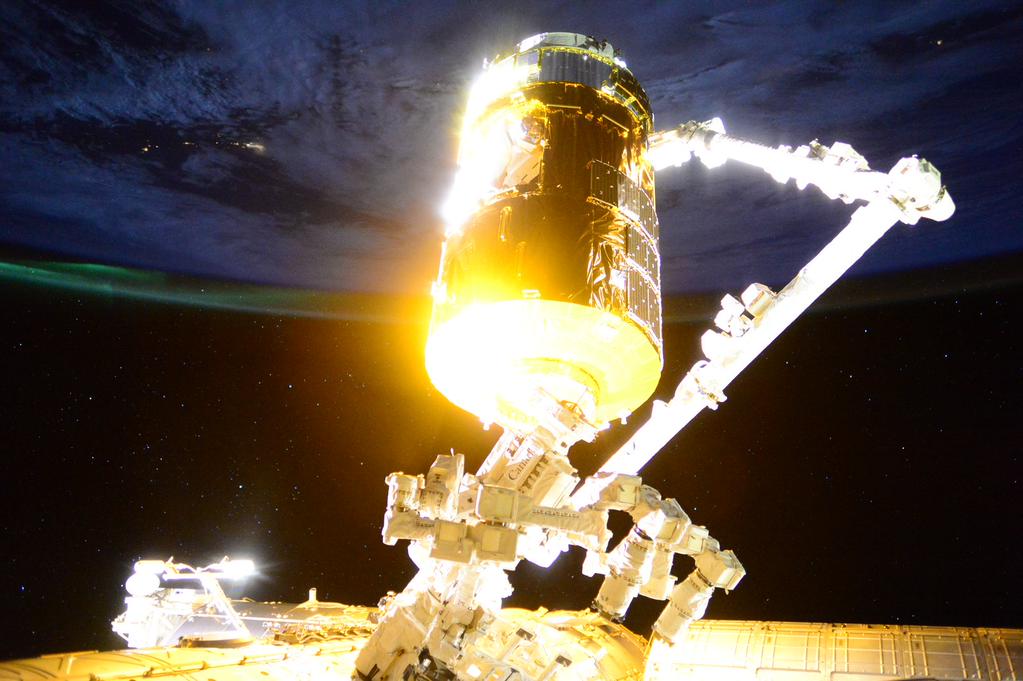

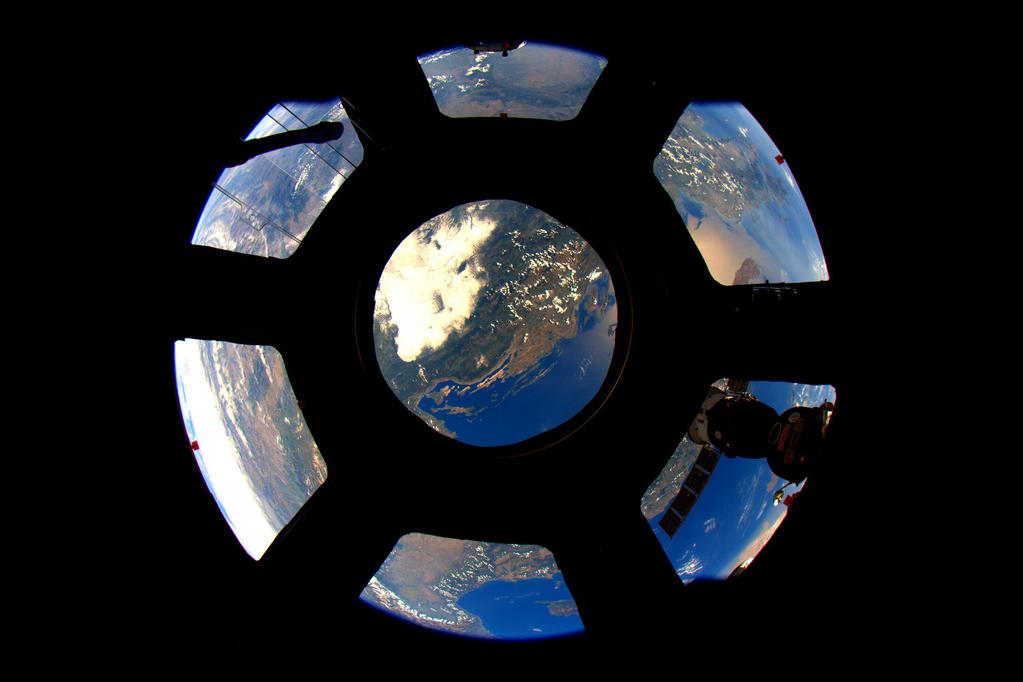
More Must-Reads From TIME
- The 100 Most Influential People of 2024
- The Revolution of Yulia Navalnaya
- 6 Compliments That Land Every Time
- What's the Deal With the Bitcoin Halving?
- If You're Dating Right Now , You're Brave: Column
- The AI That Could Heal a Divided Internet
- Fallout Is a Brilliant Model for the Future of Video Game Adaptations
- Want Weekly Recs on What to Watch, Read, and More? Sign Up for Worth Your Time
Write to Jeffrey Kluger at jeffrey.kluger@time.com